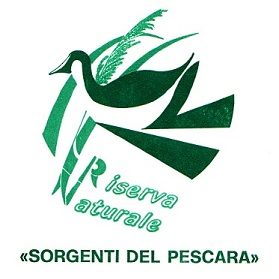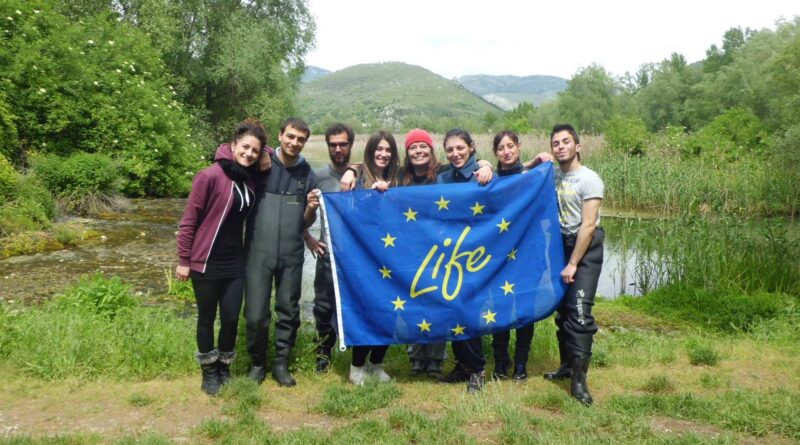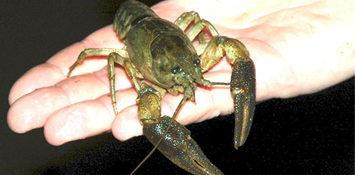🇬🇧 The Reserve in the Natura 2000 network
Natura 2000 is the main instrument of the European Union’s policy for the conservation of biodiversity. It is an ecological network covering the entire territory of the Union, established under the Habitats Directive 92/43/EEC to ensure the long-term maintenance of natural habitats and species of flora and fauna that are threatened or rare at EU level.
The Natura 2000 network consists of Sites of Community Importance (SCIs), identified by Member States in accordance with the Habitats Directive, which are subsequently designated as Special Areas of Conservation (SACs), and also includes Special Protection Areas (SPAs) established under the Birds Directive 2009/147/EC on the conservation of wild birds. In Italy, SCIs, SACs and SPAs together cover about 19% of the national terrestrial territory and more than 13% of the marine territory.
The designation of SACs is a fundamental step for the full implementation of the Natura 2000 network because it guarantees the full entry into force of site-specific conservation measures and offers greater security for the management of the network and its strategic role in achieving the goal of halting the loss of biodiversity in Europe by 2030. To date, 2302 SACs belonging to the nineteen regions and two autonomous provinces of Italy have been designated.
Among the 53 SACs designated to date in the Abruzzo Region, there is the one called “Fiumi Giardino – Sagittario – Aterno – Sorgenti del Pescara” (Giardino, Sagittario and Aterno rivers and Pescara river springs), which involves the municipalities of Popoli, Corfinio and Vittorito and includes the “Sorgenti del Pescara” Natural Reserve. The site is managed by the Municipality of Popoli and was designated as a Special Area of Conservation by Ministerial Decree in December 2018 (G.U. 19 of 23-01-2019), but its proposal as a Site of Community Importance dates back to June 1995.
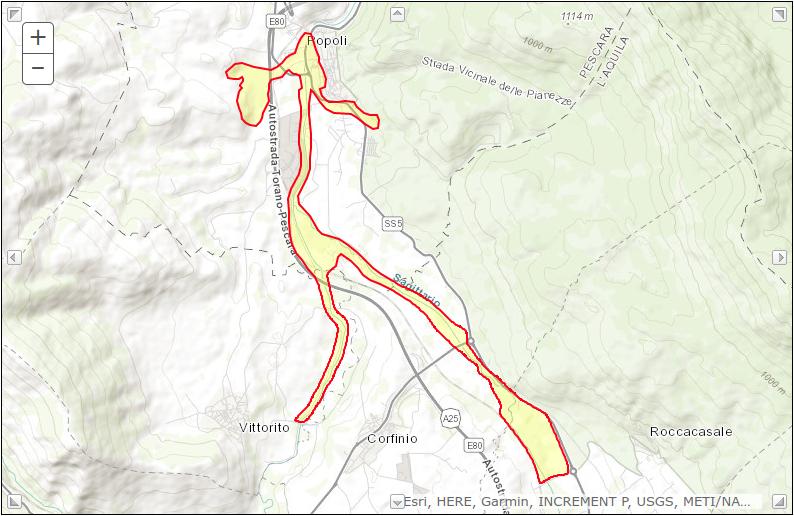
Due to its ecological characteristics, the site is attributed entirely to the Mediterranean biogeographical region, although 57% falls within the 7 km buffer in the Alpine region. It has a surface area of 288 hectares, which includes the river courses of the Aterno and Sagittario upstream of Popoli, the short course of the Giardino river and the Capo Pescara spring area, the most important in Abruzzo and one of the most impressive in the central Apennines, not only in terms of flow rate but also in terms of floristic and faunal peculiarities.
The high environmental heterogeneity associated with the river environment and surrounding areas favours the dynamics of many bird populations and the presence of a very high wealth of invertebrates and fish fauna, also resulting in a remarkable landscape diversity. The importance of the site is also due to its educational value, thanks to the high representativeness of many of its habitats.
In fact, the rivers upstream of Popoli have numerous ditches and small ponds, with a rich presence of aquatic vegetation, while the area of the Pescara springs, with the dozens of bubbling pools that form its limpid lake-palustrine mirror, counts the presence of various communities of hydrophytes and elophytes.
The meiofauna includes species such as Bryocamptus (Rheocamptus) typhlops and Bryocamptus (Echinocamptus) echinatus (phrygophilic stenothermic species to be considered as glacial relicts with a boreo-alpine distribution), Nitocrella kunzi, Elaphoidella plutonis and Diacyclops goticus (stygobian species). The populations of Niphargus present belong to a species that is currently still being studied.
For these reasons, the Capo Pescara springs were involved from 2013 to 2018 in the AQUALIFE project (LIFE12 BIO/IT/000231), co-funded by the European Commission under the LIFE+ Nature & Biodiversity programme, which finances projects aimed at the conservation of habitats and species of Community interest and the implementation of Community nature and biodiversity policies and legislation, in particular Directives 79/409/EEC and 92/43/EEC, to support the further development and implementation of the Natura 2000 network.
The five-year project involved three partners: the coordinator (beneficiary body) was the Gran Sasso and Monti della Laga National Park; the associated partners included the University of L’Aquila, which was responsible for the project’s scientific activities, and the Abruzzo Region, which was in charge of dissemination and public outreach activities. The project was also co-financed by ENEL Produzione SpA.
The main objective of the project was to develop and disseminate an innovative and user-friendly indicator system (AQUALIFE Package) for assessing the conservation status of the biodiversity of groundwater-dependent ecosystems (called GDE for short).
GDEs are ecosystems whose biological structure and ecological processes are conditioned wholly or partially by groundwater. They are home to a high biodiversity, consisting of rare, often endemic and particularly vulnerable species, among which the presence of so-called living fossils is frequent. These species are of major importance as they are involved in the self-purification processes of groundwater, nutrient recycling, and sediment oxygenation, ensuring the maintenance of a good quality water supply. Many are currently threatened by human activities that alter the quantity and quality of groundwater.
The AQUALIFE project was the first to develop a multi-parameter indicator capable of measuring the biodiversity conservation status of GDEs and how this biodiversity may be threatened by human activities. The indicator can be used in all GDEs on a national and European scale, allowing it to be used even by non-experts.
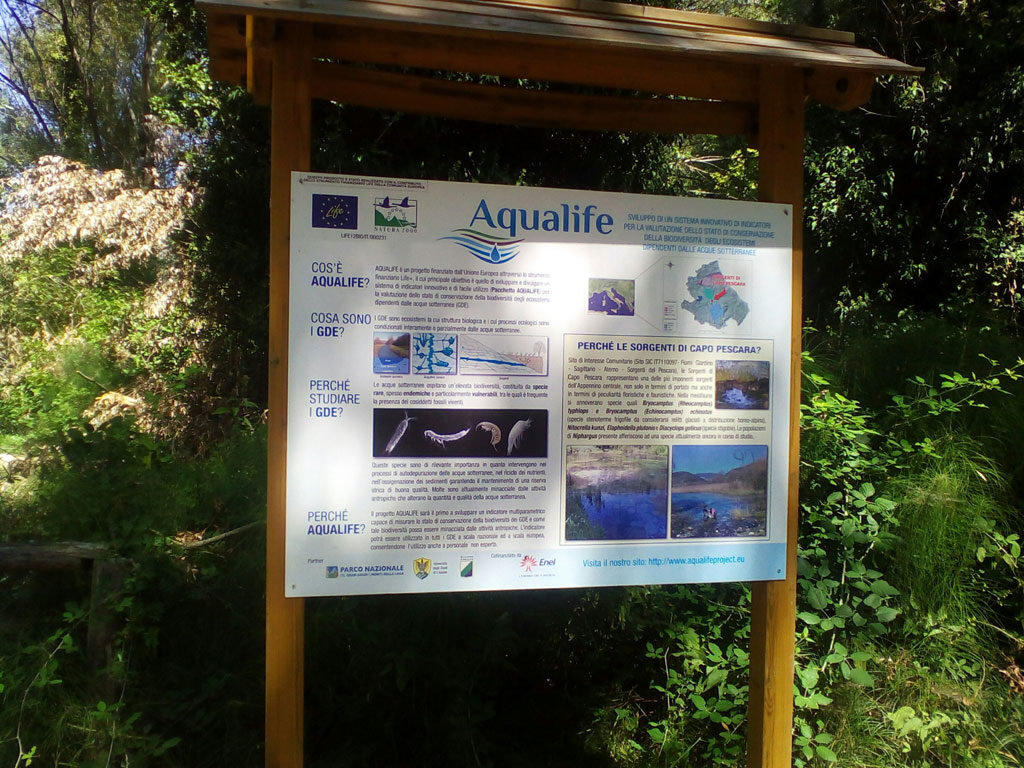
The AQUALIFE project was not the only one to affect the Sorgenti del Pescara Nature Reserve; the Special Area of Conservation IT7110097 “Fiumi Giardino – Sagittario – Aterno – Sorgenti del Pescara” was in fact one of the project areas of LIFE03 NAT/IT/000137 “Austropotamobius pallipes: protection and management in the SCIs of central Italy” (acronym AUSTROP CENTRO), which started in 2003 and ended on 30 June 2006 with the lead body the Province of Chieti – Environment Sector, the co-financing of the European Commission – D. G. Environment D1 and the partnership and co-financing of the Provinces of Ascoli Piceno, Campobasso, Isernia, L’Aquila, Pescara and Teramo. The area involved was therefore the Adriatic front of the central Apennines, which includes the main reliefs of the mountain chain and constitutes one of the best drinking water reserves in Italy for its populations.
The indigenous crayfish (Austropotamobius pallipes), due to its sensitivity to pollution, climate change and habitat degradation, is a species that is severely rarefied in its typical environments (running waters in mountainous environments) and is therefore a species of high conservation priority, included in Annexes II and V of the Habitats Directive 92/43/EEC. It is estimated that the project areas host about 20% of the national population of this crayfish.
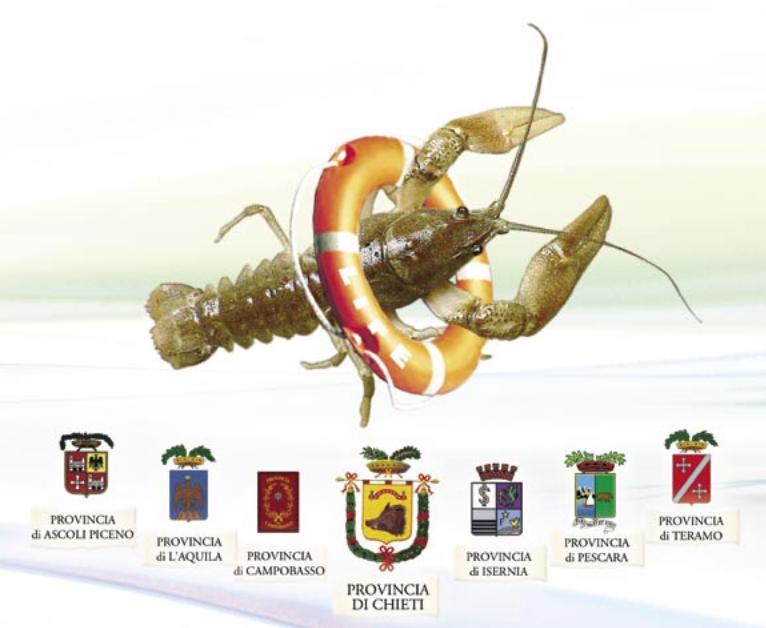
The objectives of the project were the protection of relict populations of crayfish and the increase of populations within the selected Sites of Community Importance (SCI), through the production of juvenile crayfish in captivity and subsequent seeding in suitable watercourses to re-establish small viable autonomous populations of Austropotamobius pallipes; intervention areas suitable for the species were chosen due to the ecological characteristics of the environments and the chemical and physical properties of the water, subject to a check on the causes of the crustacean’s disappearance in the areas where the species’ reintroduction action was planned. In some watercourses in central Italy, the presence of the crayfish is appreciated at the sources, while the species is rarefied along the middle course and at the mouths, where the pollutant load becomes more substantial. Where water quality improves, there is potential for the survival of the species. However, given the low rate of natural recolonisation, the process is positively influenced by targeted reintroductions at suitable sites.
The protection action carried out through this project is important not only because it is aimed at safeguarding a species that is becoming increasingly rare, but also because, by increasing the populations of crayfish, the aim is to reconstitute the complex network of ecological relations that bind A. pallipes to all the components of the habitat in which it lives. Each species, in fact, plays a fundamental role in its environment, conditioning its evolution and quality; precisely because of this principle, the safeguarding of biodiversity is one of the priorities to be pursued.
The interventions took place in the following phases:
- Phase 1 – Recognition of the presence and distribution of the crayfish by means of bibliographic research and targeted field trips;
- Phase 2 – Census of the species’ consistencies;
- Phase 3 – Sampling of specimens of A. pallipes in localities where consistencies permit;
- Phase 4 – Stabling, reproduction and subsequent release of crayfish in suitable watercourses within SCIs;
- Phase 5 – Monitoring and surveillance of the new populations obtained;
- Phase 6 – Dissemination, for educational purposes, of the reintroduction intervention carried out on the species.
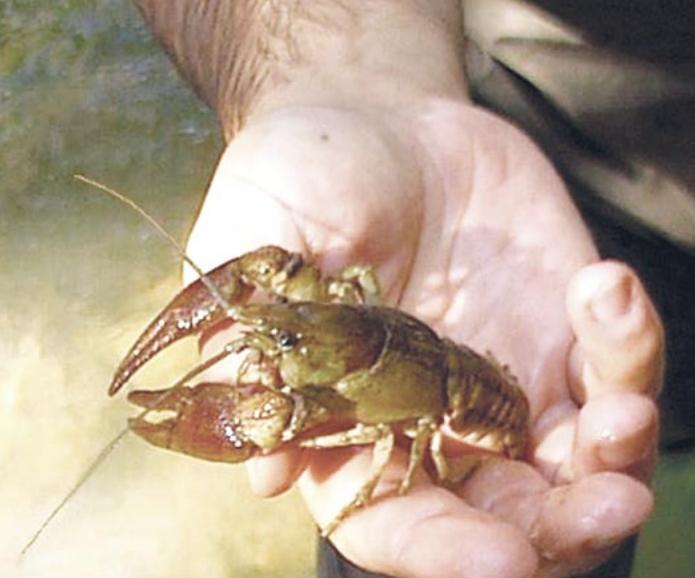
The results achieved include the reconnaissance of the species in the project territories and the assessment of the health status of the populations surveyed, as well as the setting up of three reproduction centres for crayfish breeding, one of which was not included in the project: the valley hatchery in Borrello, in the Province of Chieti, the ichthyogenic plant (CISI), located in Vetoio in the Province of L’Aquila, and the CMNS centre in S. Maria Imbaro (CH).
Over the entire project period, 5,250 small specimens were produced, released in 18 sites within SCIs in central Italy, and 8 seminars/training courses were held for professionals, 91 information panels on the crayfish and the Natura 2000 Network (one of which is present at the entrance to the Sorgenti del Pescara Nature Reserve, just before the Information Point), a Dissemination Report and an Action Plan on the crayfish.
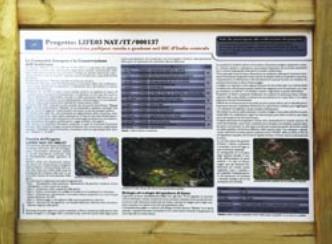
The success of this approach may allow, in the future, the management of the species as a biological resource for the benefit of local communities, thus moving away from the purely protectionist logic that, locally, has not prevented the further depletion of the species or contributed to its spread.
Another LIFE project that involved the SAC ‘Fiumi Giardino – Sagittario – Aterno – Sorgenti del Pescara’ was LIFE08 NAT/IT/000352 ‘CRAINat – Conservation and recovery of Austropotamobius pallipes in Italian Natura2000 sites‘, financed under the EU LIFE+ programme 2008. The project was carried out, between 2010 and 2014, under the coordination of the Province of Chieti, jointly with the partners Lombardy Region, ERSAF, Abruzzo Region, Province of Isernia, Gran Sasso Monti della Laga National Park and Mario Negri Sud Foundation.
The project envisaged more than 60 actions and was carried out jointly in two areas, Northern Italy (Lombardy Region) and Central Italy (Abruzzo Region – including the Province of Chieti – Gran Sasso and Monti della Laga National Park, Province of Isernia), within 47 Sites of Community Importance (SCI); the habitats involved are essentially represented by the minor surface hydrographic reticulations within the Natura 2000 Network. The initiative, which is a natural continuation of previous projects carried out within the framework of the EU LIFE programme, has aimed at the conservation/increase of native crayfish populations, by means of actions carried out in the wild and ex situ conservation actions.
The fundamental objectives of the project were to protect and increase the presence of the native crayfish in the SCIs of Lombardy, Abruzzo, the Province of Isernia and the Gran Sasso e Monti della Laga National Park, by assessing the presence and numerical size of the species’ populations in the SCIs identified by the project and breeding them for repopulation purposes for the species’ conservation.
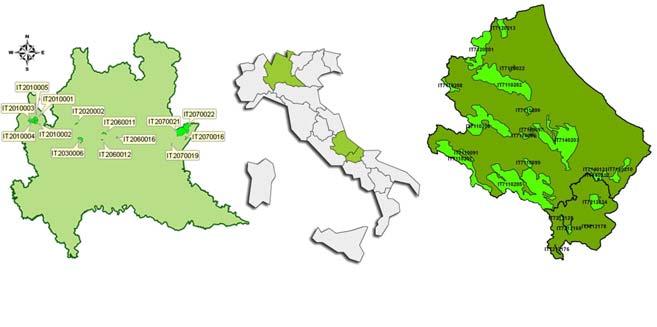
In fact, alongside reconnaissance actions on the watercourses present in the Lombardy, Abruzzi and Molise SCIs, genetic characterisation activities, monitoring and containment actions of allochthonous species, habitat maintenance and restoration actions, as well as specific actions aimed at the reintroduction of young individuals of A. pallipes have been carried out. For the correct and effective implementation of the reintroduction activities, structures were built and adapted in Lombardy, Abruzzo and Molise to be used as reproduction centres, inside which spawners were placed, intended for mating for the production of juveniles to be released in suitable watercourses.
Particular attention has been paid to identifying and combating the main threats to its survival, such as isolation (geographic – genetic), reduced water flow rates, global warming, environmental degradation, and differences in legislation and regulations to safeguard the species. These protection and conservation actions were also accompanied by the experimental creation of source areas, sinuous channels running parallel to the watercourses, capable of slowing down the flow of water, to allow the reproduction of housed individuals, and their subsequent release/colonisation in adjacent watercourses.
Training of operators on the conservation of the species in the community has also been carried out, as well as raising the awareness of local community stakeholders on the importance of biodiversity and its protection.

Sources:
Natura 2000 on the website of the European Commission
Natura 2000 Network on the website of the Italian Ministry of the Environment and Energy Security
AUSTROP CENTRO on LIFE Public Database
CRAINat on LIFE Public Database
The Project CRAINat on lifecrainat.it
The Project CRAINat on ersaf.lombardia.it
Project CRAINat on mase.gov.it
